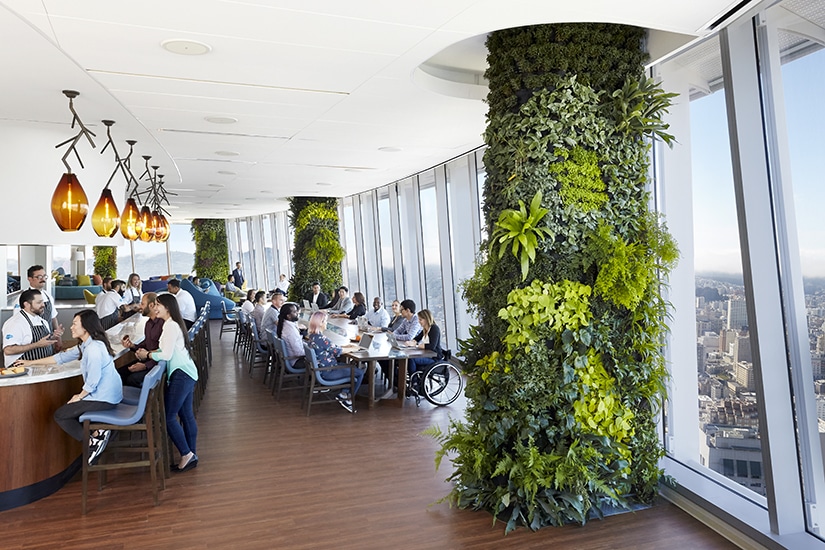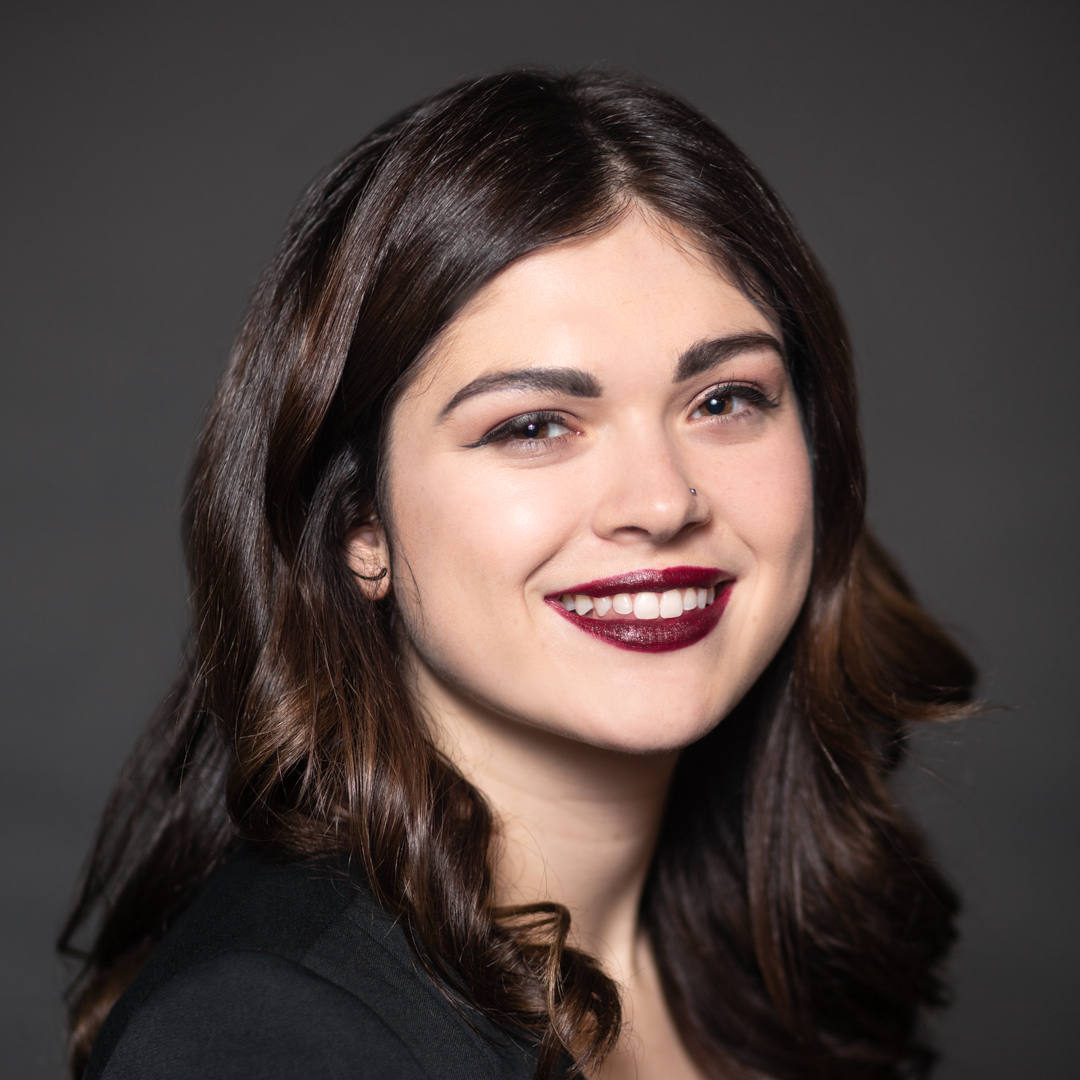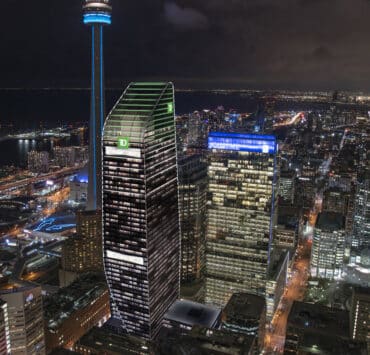|
Getting your Trinity Audio player ready...
|
“In workplace design, one of the most important features is flexibility,” says George Kreitem, the senior vice president of real estate at Salesforce, elaborating that it’s “our ability to be able to learn and iterate, especially after all of the changes we’ve experienced over the past year.”
Kreitem earned his degree in mechanical engineering at San Jose State University and had his earliest real estate experiences at other tech companies such as Intuit and Yahoo before landing at Salesforce in 2012.

Kreitem and his team have found that “flexibility” has been the key word for everything post-pandemic. Over the past year, Salesforce’s real estate and workplace services team has shifted its operations from existing projects to day-to-day operations and programming to accommodate the company’s approach to “Success from Anywhere.” This is all on top of guiding Salesforce’s safe return to the workplace for over 60,000 global employees across more than 100 offices.
“At a high level, the pandemic has accelerated us in the direction that we were already heading in,” Kreitem shares. “We had already been moving toward a digital-first approach, but the pandemic has sped up the process to reimagine the role of the workplace—one focused on cultivating connection and culture anywhere and everywhere employees sit.”
Throughout his career, Kreitem has seen many different styles and approaches to office design—everything from private offices to high cubicles to low cubicles to open floor plans. Now the designs favor the latter, using unassigned seating and spaces that facilitate the camaraderie and innovation that come from gathering in-person. It’s well-suited for Salesforce, as the company reimagines the way it works and shapes the office of the future.
The tech company has found that more flexibility leads to more productivity and balance. Nearly half of its employees want to come to the office only a few times per month, but more than 80 percent still want to maintain a connection to a physical space or office moving forward.
Salesforce now offers its employees While a small portion will work in the office four to five days per week, the majority of the company’s workforce will be “flex” moving forward, while the rest are fully remote.

“We are grateful to have collaborated with George and team for the past decade. At the end of the day, we want to build a relationship more than a project,” says Fernando Iniguez, vice president of GCI General Contractors. “Salesforce shares our flexible, ‘make-it-work’ mindset, which is the perfect fit for bringing their vision of the post-pandemic workplace to life.”
As the company looks ahead, Kreitem and his team are focused on reimagining not only the existing offices over time to accommodate a more hybrid workstyle but also the new Salesforce Towers under construction across the world.
Each project features Salesforce’s trademark ʻOhana Floors, which were designed as open, flexible hospitality spaces located at the top of the company’s global towers, offering 360-degree views. “The vision for the ‘Ohana Floor is deeply rooted in our values and commitment to the communities that we proudly call home,” Kreitem says.
The ‘Ohana Floor serves as a place where the company can proudly welcome employees, customers, partners, and members of the community. Today, there are ‘Ohana Floors in San Francisco, New York, Indianapolis, and London, with more on the way in Chicago, Dublin, Tokyo, and Sydney.
Salesforce also lends its ‘Ohana Floors to nonprofits free of charge to use for fundraising events on nights and weekends. These events have raised over $15 million for different charities, and Salesforce plans to continue making these spaces available once it’s able to safely reopen.
In the months ahead, Salesforce is planning to start opening Salesforce Tower Tokyo, the company’s new regional headquarters located in the heart of the Marunouchi neighborhood. “As part of the design, we’ve also gone back and taken a look at the amount of collaboration spaces within the building,” Kreitem says. “We’re focused on increasing the blend; while desks will still have a role, break out spaces are the priority.”

In the case of Salesforce Tower Dublin, the new campus will be made up of four interconnected buildings located on the River Liffey in the heart of the “Silicon Docklands.” Not only is the project pursuing double LEED v4 Platinum certification, but it will also be one of the first commercial occupied NZEB (nearly zero energy buildings) in Ireland, making it one of Salesforce’s most sustainable offices globally.
In addition to thinking differently about how the company utilizes its global footprint, Kreitem says his perspective on how his team operates has also evolved. “Our obstacles have been more tactical since the pandemic,” he explains. “How do we work better, smarter, and more efficiently, with well-being at the forefront?
“We have a global team but also countless external partners that are critical to our success,” the SVP continues. “Typically, the team would come together physically at certain points during the project which they haven’t been able to do.”
Instead, the team has embraced technology to work from anywhere to ensure projects don’t skip a beat and those involved feel connected at all stages.
Kreitem says the team has also been searching for new ways to maintain the culture, whether in person or virtually. It’s a work in progress but with a beginner’s mind, his team is committed to doing what it does best: creating world-class workplace experiences that welcome all who step through the company’s doors.


